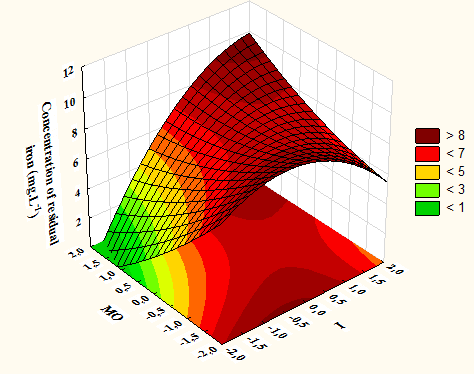Serviços ambientais em microbacias com baixa declividade: planícies fluvio-marinhas
Resumo
Planícies fluvio-marinhas abrigam ambientes com reduzida declividade, porém com ofertas diferenciadas de atributos ambientais que podem constituir relevantes serviços ecossistêmicos nas suas bacias hidrográficas, que podem ser transformadas em oportunidades para o desenvolvimento de pagamento de serviços ambientais. O estudo espacializou parte dos serviços ecossistêmicos relacionados a disponibilidade hídrica nas microbacias da Bacia Hidrográfica do Sistema Guandu, principal manancial de abastecimento da região metropolitana do Rio de Janeiro, com base em fatores geo-ambientais e efeitos de transposição de água entre bacias hidrográficas, a fim de facilitar a tomada de decisão das políticas públicas em relação aos serviços ambientais. Os trechos com maior potencial para a produção de serviços ambientais a partir de vazões subterrâneas, índice de umidade topográfica - ITU (ITU >11), formação plana e baixa altimetria (<40 m), estão próximo aos antigos talvegues assoreados, que podem ser potencializados pelos efeitos da transposição, notadamente na unidade de conservação APA Guandu. Áreas planas com (7 < UIT < 11) têm seus serviços ecossistêmicos transferidos dos fluxos de água sub-superficiais para os fluxos de águas superficiais e dependem mais dos fenômenos meteorológicos e das formas de manejo de chuvas intensas durante seu uso, especialmente quando a altimetria e inclinação aumentam.
Autores mantêm os direitos autorais pelo seu artigo. Entretanto, repassam direitos de primeira publicação à revista Ambiente & Água - An Interdisciplinary Journal of Applied Science. Em contrapartida, a revista pode transferir os direitos autorais, incluindo direito de enviar o trabalho para outras bases de dados ou meios de publicação. A revista exerce a licença CC BY 4.0






